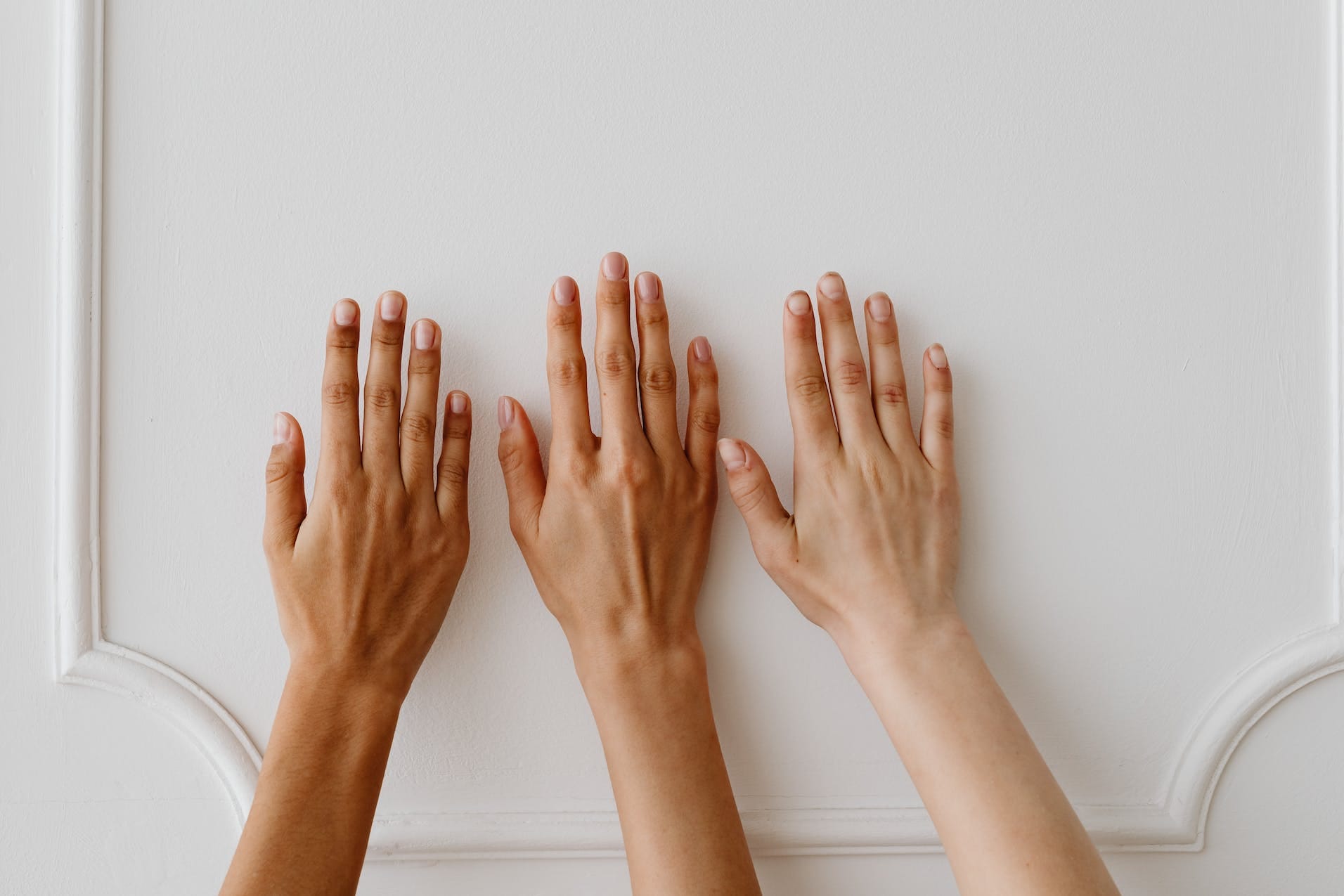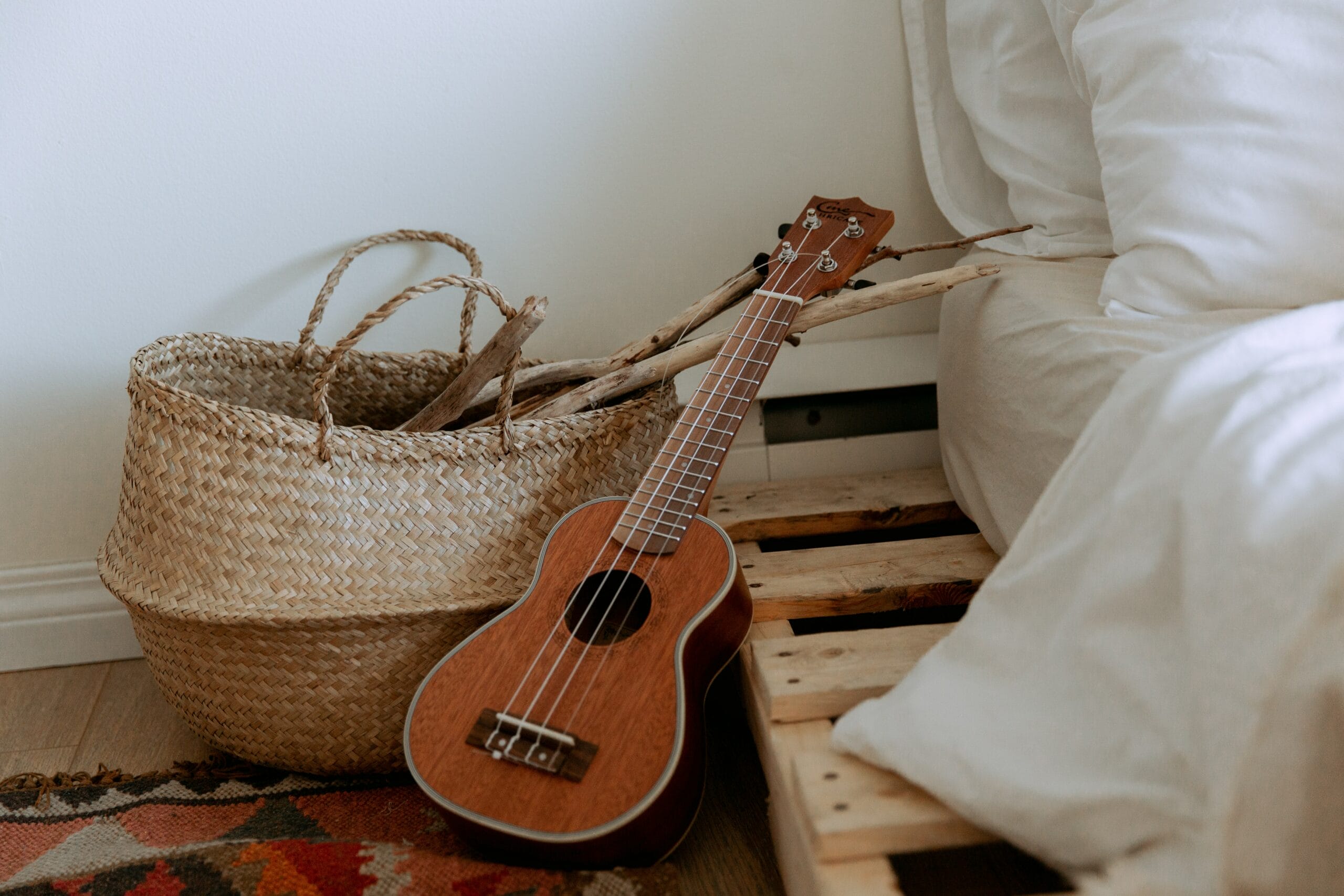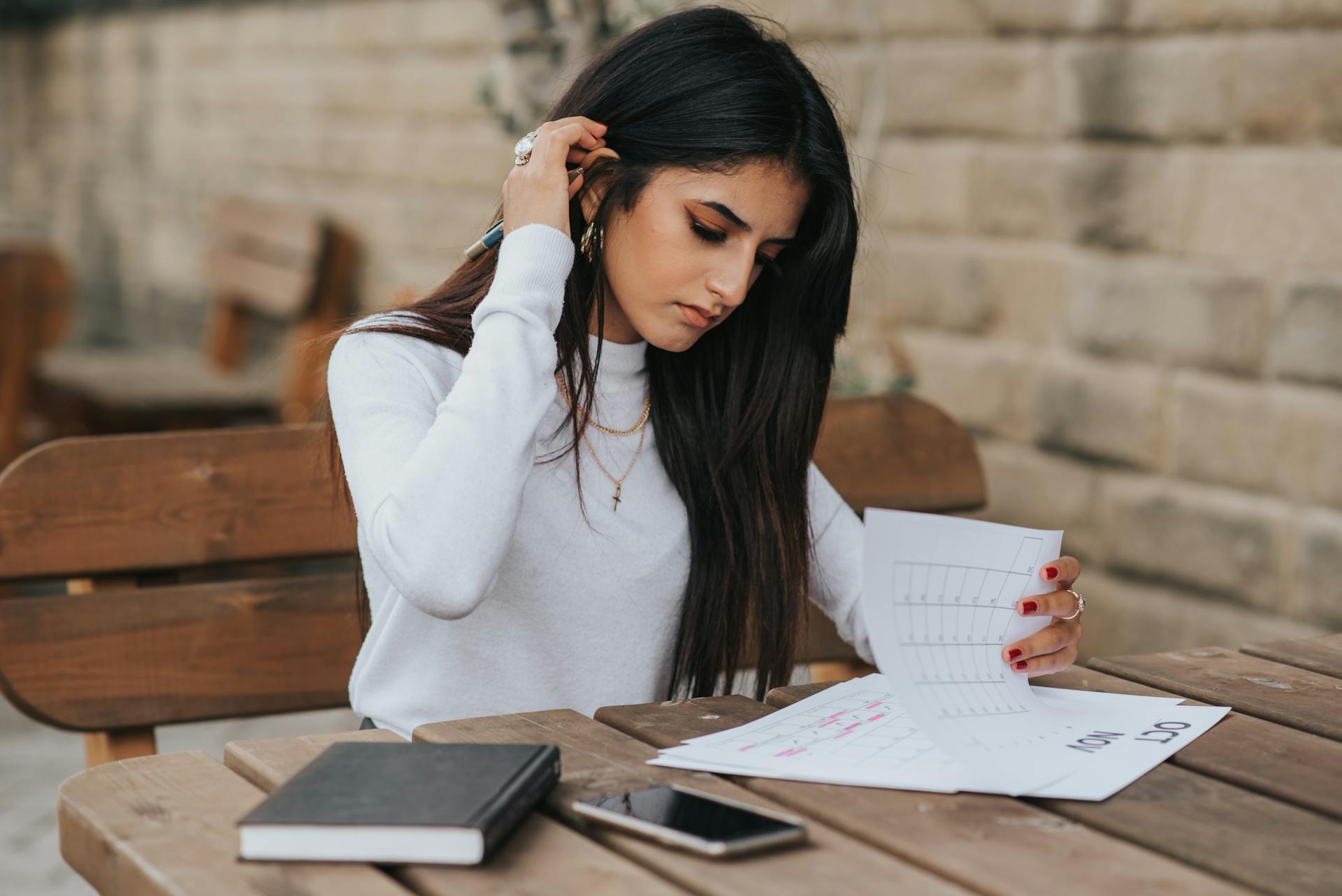Maintaining a Comfortable Posture While Painting
Isn’t it fantastic to paint, to create something out of nothing with just a stroke of a brush? It’s a wonderful process, really – from the first splash of colour on a blank canvas to the final masterpiece that takes your breath away. But have you ever thought about how the instruments of your creation – the humble paintbrushes – can affect your work and even your health? I know, it’s probably not what you usually think about when you’re caught up in a whirl of creative inspiration. But stay with me here, my fellow artist — this can make all the difference in the world! 🎨
Let’s talk about ergonomics. You might have encountered this term in the context of office chairs or computer keyboards, but trust me, it’s just as significant when it comes to your paintbrushes. In this article, we’ll dive deep into understanding how choosing the right paintbrush can impact your painting experience, productivity, and health.

The right brush doesn’t only create beautiful strokes—it also keeps the artist’s hand comfortable.
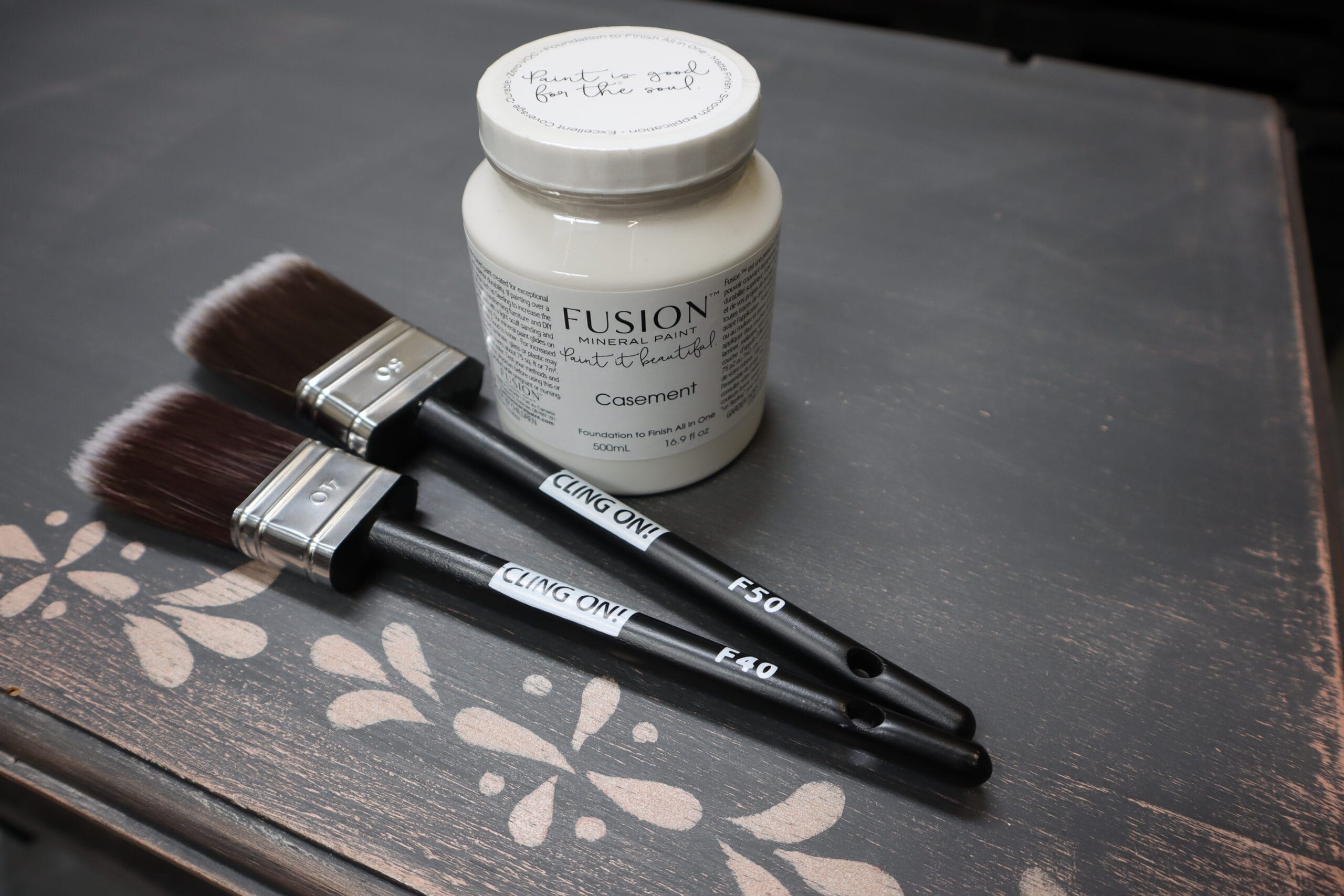
Understanding the Importance of Ergonomics for Painters
Think about it. 🤔 How many times have you caught yourself rubbing your aching fingers after a prolonged painting session? Perhaps, reaching over your shoulder because of the nagging little pain that has started to creep up? We’ve all been there, haven’t we?
And that right there, my fellow painters, is the glaring testament to why we need to consider ergonomics in our choice of painting technique and tools. It’s not just some big, fancy word to impress people at parties. Believe me, it’s so much more!
Ergonomics, in the context of painting, is essentially about maximising efficiency and comfort in our work environment, while reducing the potential for injury. And that starts right at our fingertips with the humble paintbrush. 🖌️

Mastering the Art of Ergonomic Brushwork: Comfort Meets Creativity
Step into the art of ergonomic painting and learn how holding your brush correctly can fend off those pesky hand and wrist aches. Ever found yourself deep in the flow of painting, only to be halted by discomfort creeping into your grip? It’s a real buzzkill. 😓 💔
The secret isn’t just in the brush itself, but in how you hold it. Embracing ergonomic grip techniques is a revelation in the painting world. These methods are designed to ease the strain on your muscles and joints, making your painting experience a pleasure, not a pain. Trust in the technique – it’s a stroke of genius for your comfort and creativity.

Preventing Wrist and Joint Strain with Proper Brush Techniques
Let’s chat, and indulge me for a bit. Have you ever imagined being able to paint for hours on end, with nary a hint of discomfort in your wrist or fingers? Sounds like a merry dream, eh? 🎨😀 Well, it’s not too far out of reach if you practice proper brush techniques.
The way you hold your brush, apply pressure and move your hand, all significantly impact your comfort and the longevity of your painting sessions. How do we integrate these techniques into our toolkit? Let’s dive in, shall we?

Your Grip: Firm but Gentle
Ever found yourself gripping your brush like it owes you money, only to realise that this might be why your hands ache afterwards? Oh come on, we’ve all been there! You’re not alone, my friend! 👋
Ergonomics is all about finding that sweet spot in your painting tools and techniques to ensure you’re comfortable and injury-free while you immerse yourself in your creativity. It’s about establishing that ‘Goldilocks-grip’: not too hard, not too soft. Now, I won’t lie, establishing this firm yet gentle hold requires some practice – bear with me and you’ll have it sorted in no time! 🤓

Manageable Brush Sizes
Here’s something interesting: did you ever realise that the scale of your work matters – but possibly not in the way you’re thinking right now? Yes, the scale of your project impacts your selection of brush size, and in turn, your body’s ergonomics. Too large a brush might seem enticing for covering larger furniture items. But think about this, it also means greater physical effort, right? 😰
So, how do you find balance? My advice would be to choose your brush size not just based on the physical dimensions of your furniture, but also considering your level of comfort and control, especially for large, expressive works. After all, isn’t it key 🗝️ to making the most of your painting sessions? Yes, it absolutely is! So, let’s go on.

Choosing the Appropriate Brush Length
The length of a brush can have a tremendous impact on your painting style, and, more importantly, on your level of comfort. Have you ever noticed how your hand tires quickly when using a brush with a long handle?✋ That’s because longer handles often require additional effort and stability, leading to quicker fatigue. So, here’s a tip you might find handy:
Consider opting for shorter handles if you’re going to be painting for extended periods, or if the painting requires precise, detail-oriented work. These brushes are typically easier to control and can help maintain a relaxed grip, easing the strain on your hand and arm.

The Advantage of a Lightweight Brush
No one wants to feel like they’re lifting weights while painting, right? It’s amazing how a minor change in brush weight can have a substantial impact on your painting experience. Lighter brushes generally mean less physical effort – and that’s always a bonus! But remember, while lightweight is good, the balance is better. A well-balanced brush enables a mixture of control and comfort. So next time you’re brush shopping, keep this in mind 😊.
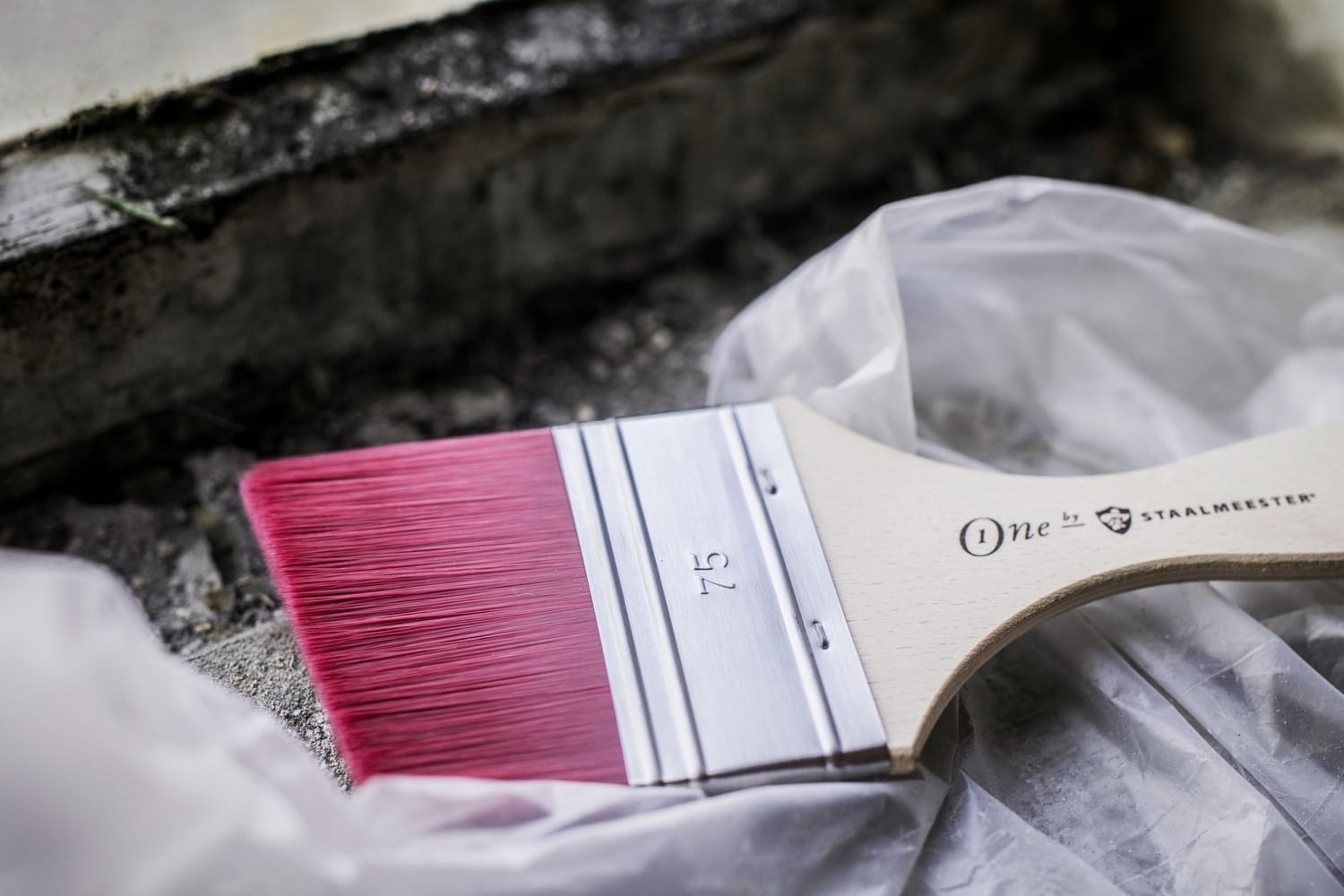
Discovering the Superiority of Flexing Brush Tips
Here’s a thing to remember: an excellent brush is not just about bristles but also about how it performs. Can it flex at the tips and spring back into shape? If yes, then you’re in for a treat. 👌
Also, I find this fascinating: machine distressed, or ‘flagged’ bristle tips, can be noticed as they exhibit a different shade from the rest of the bristle. These tipped bristles don’t merely provide a striking visual appeal, but they bestow an even painting finish, making them quite a catch for any painter. 🎨
To further appreciate flagged bristle tips, visualise them as charmingly frizzy hair. This appearance is due to the bristles going under a process called machine distressing. Creative, isn’t it? 😊

The Impact of Brush Material
Ever thought about the difference between synthetic and natural bristles? As painters, we often get lost in the charm of natural bristles. They’re traditional, after all, and there’s something appealing about that. But did you know, synthetic brushes can be friendlier to your hand and wrist? They’re often smoother, requiring less pressure for paint application, reducing strain on your wrist. Heck, they can even be easier to clean! 🙌.
Furthermore, there’s an ethical aspect to consider when it comes to natural bristles. Many natural brushes are made from animal hair, which means they aren’t vegan-friendly. With the growing awareness and shift towards cruelty-free and vegan products, natural bristle brushes are now being viewed as outdated by many in the art community. Synthetic brushes, on the other hand, are made without harming animals, aligning with modern ethical standards. So, not only are synthetic brushes more ergonomic, but they also cater to the conscientious choices of today’s artists. ❤️
So there you have it, friend. Some handy guidelines to follow when painting that masterpiece. Comfort and control might seem minor in the grand scheme of things, but trust me, they can make a world of difference. So remember: it’s not just about picking any brush; it’s about selecting a brush designed for your comfort and your art.
In addition to the shape, texture of the brush handle plays an instrumental role in providing a secure hold without slipping, even when your hand perspires or when the brush is covered in paint. Go for handles with a bit of rough texture for that extra grip. I promise, your hand will thank you for it.
Say goodbye to those hefty brushes. Remember, the handle shouldn’t weigh you down. In fact, it should assist you in creating those beautiful strokes with ease. Wondering how to check this out? It’s pretty straightforward, actually. You should be able to hold and manoeuvre it effortlessly, without feeling like you’re doing bicep curls with every brush stroke.

The Brilliance of Balanced Brushes
Oh, the sweet sensation of a balanced brush in hand! It goes beyond merely the weight of the handle or the brush material. What you want is a brush that feels balanced in your hand. Let’s think about it. If your brush tips forward or leans greatly to one side, it leads to an uneven distribution of weight, requiring you to strain your wrist to control it. What’s joyous about that? Absolutely nothing, I can promise you. So the next time you pick up a brush, give it a little balance check. Experience the feel of a properly balanced brush.
Now that you have all these powerful tips at your disposal, the path to a comfortable and productive painting session is all lit up. 🎨 Take this newfound knowledge, my friend, and create that masterpiece, free of discomfort and unnecessary strain. Happy painting! 🖌️

Conquer YOUR DIGITAL MARKETING AND SUBSCRIBE TO THE PAINTPRENEUR® WEEKLY DROP
Stay connected with the latest trends, inspiration, and expert insights in the decorative furniture paint industry. Our weekly emails are packed with valuable content designed to empower and support your Paintpreneur® journey. It’s more than an email—it’s your secret weapon in the furniture paint industry!

